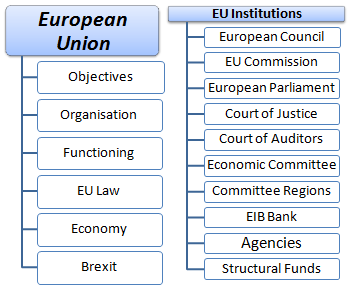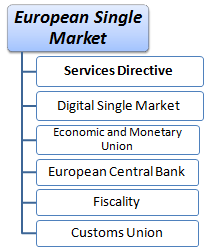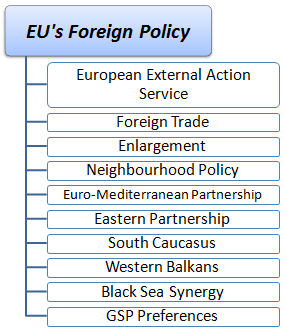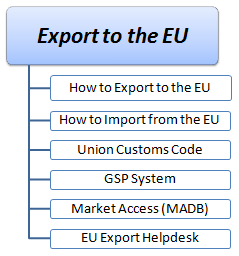European Union (Courses, Trade, Business)
World's largest single market (EU). Relations with China, India
- Masters: International Business, Foreign Trade
 Masters adapted to EU Students
Masters adapted to EU Students- Introduction to the European Union (Module, 3 ECTS)
- European Single Market (Module, 4 ECTS)
- International Economic Relations of the European Union (Module, 8 ECTS)
- Export to the European Union (Module 2 ECTS)
Students who have studied and passed some of the Modules related to the EU can validate the subjects studied in one of the previous Online Masters / Doctorate offered by EENI Global Business School.

Languages: 
 UE
UE  Unión Europea
Unión Europea  UE.
UE.
 = ECTS credits.
= ECTS credits.
1- Introduction to the EU. EU Institutions (3 ECTS)
1- Introduction to the EU
- Aims of the European Union
- Organization and functioning of the European Union
- European Union Law
- Economy of EU. The BREXIT
- Structural and Investment Funds
- The European Union as a member of the European Economic Area
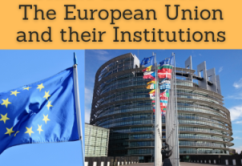
2- Institutions of the European Union.
- European Commission
- European Parliament
- European Council
- Court of Justice
- Court of Auditors
- European Economic and Social Committee
- Committee of the Regions
- European Investment Bank
- Decentralized Agencies
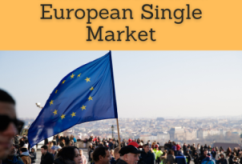
2- European Single Market (EU)
- European Single Market
- The European Union Services Directive
- European Digital Single Market
- Taxation System
- Economic and Monetary Union
- European Central Bank
- European Customs Union
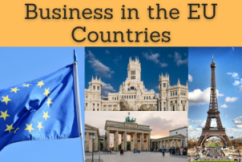
3- Doing Business in EU countries (37 ECTS)
- Countries of EU (Austria, Belgium, Bulgaria, Croatia, Cyprus, Czech Republic, Denmark, France, Estonia, Finland, Germany, Greece, Hungary, Ireland, Italy, Latvia, Lithuania, Luxembourg, Malta, Netherlands, Poland, Portugal, Romania, Slovakia, Slovenia, Spain and Sweden)
- United Kingdom (non-EU member, BREXIT)
Download the syllabus of the Course “Business in the countries of the European Union” (PDF).
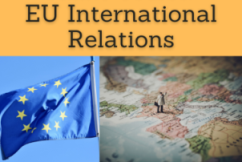
4- Foreign Trade and International Relations of EU (8 ECTS)
1- EU Foreign Policy
- European Foreign Policy
- European External Action Service
- Foreign Trade of the European Union
- Generalized System of Preferences (EU GSP)
- EU Enlargement
- Neighbourhood Policy
- Euro-Mediterranean Partnership
- Eastern Partnership
- South Caucasus
- Western Balkans
- Black Sea Synergy
- European Union-CELAC Summit
- Indian Ocean Commission (observer)
- Case Study: EU–Africa Trade Relations – Theory Meets Development
- Case Study: EU Ban on Hormone-Treated Beef Imports from the U.S.
2- EU Trade Agreements.
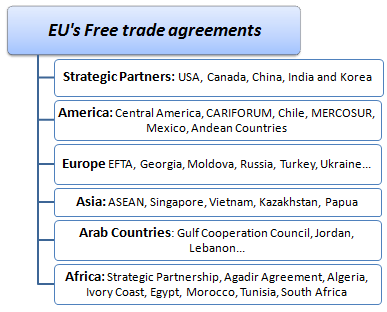
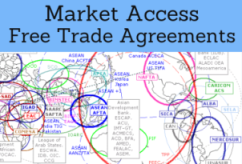
- Strategic partners: The United States, Canada, China, India and South Korea
- America: Central America, CARIFORUM, Chile, MERCOSUR, Mexico, Andean Countries (FTA with Colombia and Peru)
- Europe: European Free Trade Association (EFTA), Georgia, Moldova, Russia, Turkey, Ukraine..
- Asia: ASEAN, Singapore, Vietnam, Kazakhstan, Papua New Guinea...
- Arab Countries: Gulf Cooperation Council (GCC), Jordan, Lebanon...
- Africa: European Union-Africa Strategic Partnership, Agadir Agreement, Algeria, Ivory Coast, Egypt, Morocco, Tunisia, South Africa...
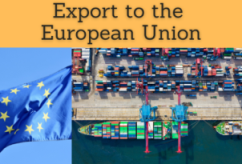
5- Export to the EU. Import from the EU (2 ECTS).
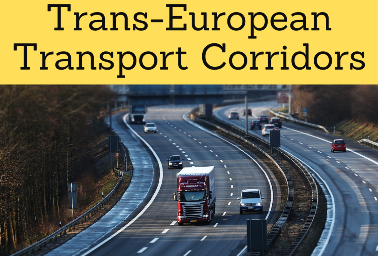
6- European Transport Corridors
Trans-European Transport Corridors.
- Atlantic Logistics Corridor
- Baltic-Adriatic Logistics Corridor
- North Sea-Baltic Logistics Corridor
- North Sea-Mediterranean Logistics Corridor
- Mediterranean Transport Corridor
- Eastern Europe-Eastern Mediterranean Transport Corridor
- Scandinavian-Mediterranean Transport Corridor
- Rhine-Alpine Transport Corridor
- Rhine-Danube Transport Corridor
- Strasbourg-Danube Transport Corridor
- Pan-European Transport Corridor II
- Pan-European Transport Corridor IX
The main objective of the module “the European Union” is to offer an overview of the complex workings of EU and its institutions, the EU economy and business opportunities in the European markets to develop a business plan for the EU markets.
- To learn to do business in the European Union
- To analyze the influence of Christianity on the European Union
- To research International Trade, logistics and Foreign Direct Investment in the region
- To conduct research on business opportunities in the European Union
- To examine the international relations and the Agreement
- To design a business plan for the markets of the European Union
Member States of EU are Austria, Belgium, Bulgaria, Cyprus, the Czech Republic, Croatia, Denmark, Slovakia, Slovenia, Spain, Estonia, Finland, France, Germany, Greece, Hungary, Ireland, Italy, Latvia, Lithuania, Luxembourg, Malta, the Netherlands, Poland, Portugal, Romania, and Sweden.
- On July 1, 2013, Croatia became the 28th member state of the European Union
- The European Union population: 508 million people
Other Trade Policies of EU
- The European Union food security policy
- The European Union industrial policy
- The European Union agricultural policy
- The European Union fisheries policy
- The European Union environmental standards
- The European Union transport policy
Religions in the EU: Christianity (Catholicism, Orthodox, Protestantism, Anglicans).
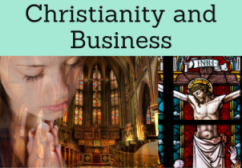

EENI European Students:
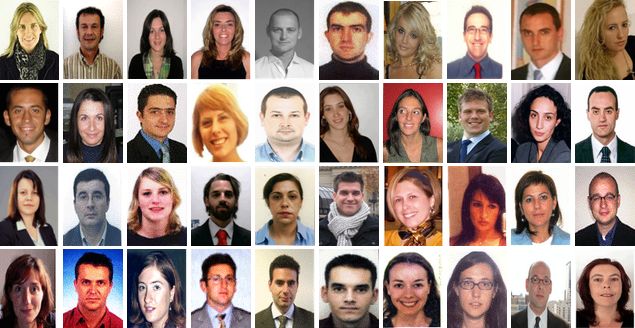
(c) EENI Global Business School (1995-2025)
Top of this page

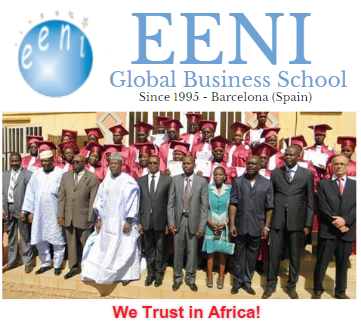

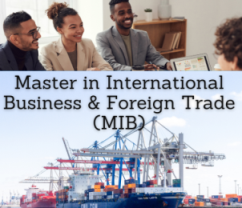



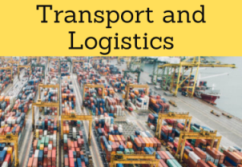



 WhatsApp
WhatsApp